All details and the working principle can be found in the operator’s manual:
The device was designed in Autodesk Fusion. The case was build from wood, except for the frames of the main control unit and the effects unit, which are 3d printed.
In its core, the hardware is a midi controller and a midi synthesizer is running on the embedded Raspberry Pi. A small amplifier, speakers and an included power bank allows playing it everywhere, without wall power.
The Fidgetone has 4 different modular panels, each with their own PCB. The modules communicate to the Raspberry Pi via I²C and some additional GPIO pins. To cover the large mount input and output hardware, the drum computer unit uses three I²C GPIO extenders. The 8 by 8 switches are connected in a switch matrix in line with the column and row LEDs.
Most dials are rotary encoders, only the main power dial, pitch dial and effect dials are potentiometers.
The keys for the synthesizer unit are strips cut from a larger sheet of copper connected to a MPR121 proximity sensors.


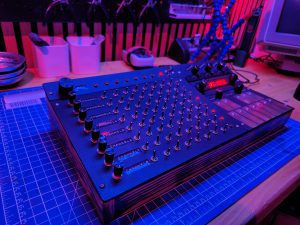

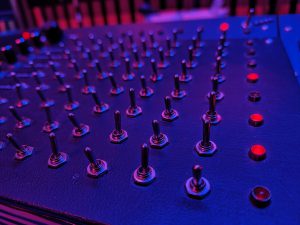
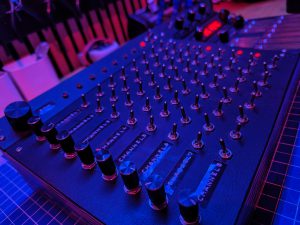
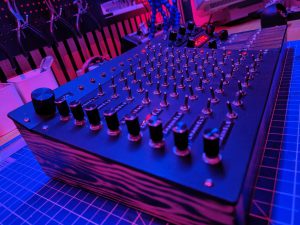

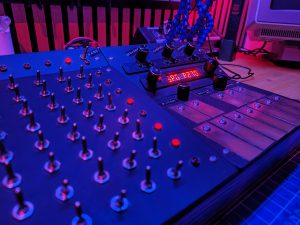
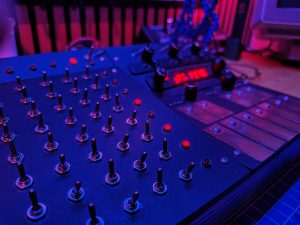




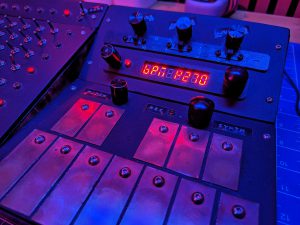





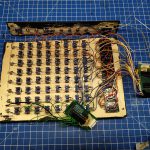




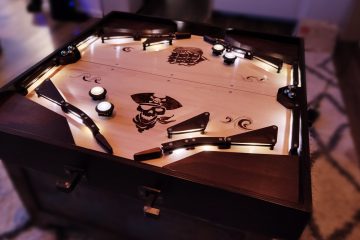
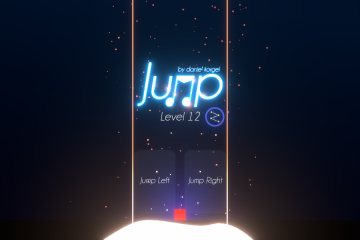
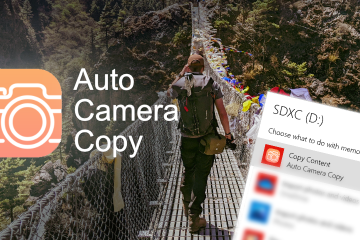
1 Comment
jeff · October 15, 2025 at 5:33 am
do you have 3d files/build guide/code for this? i’d love to make it